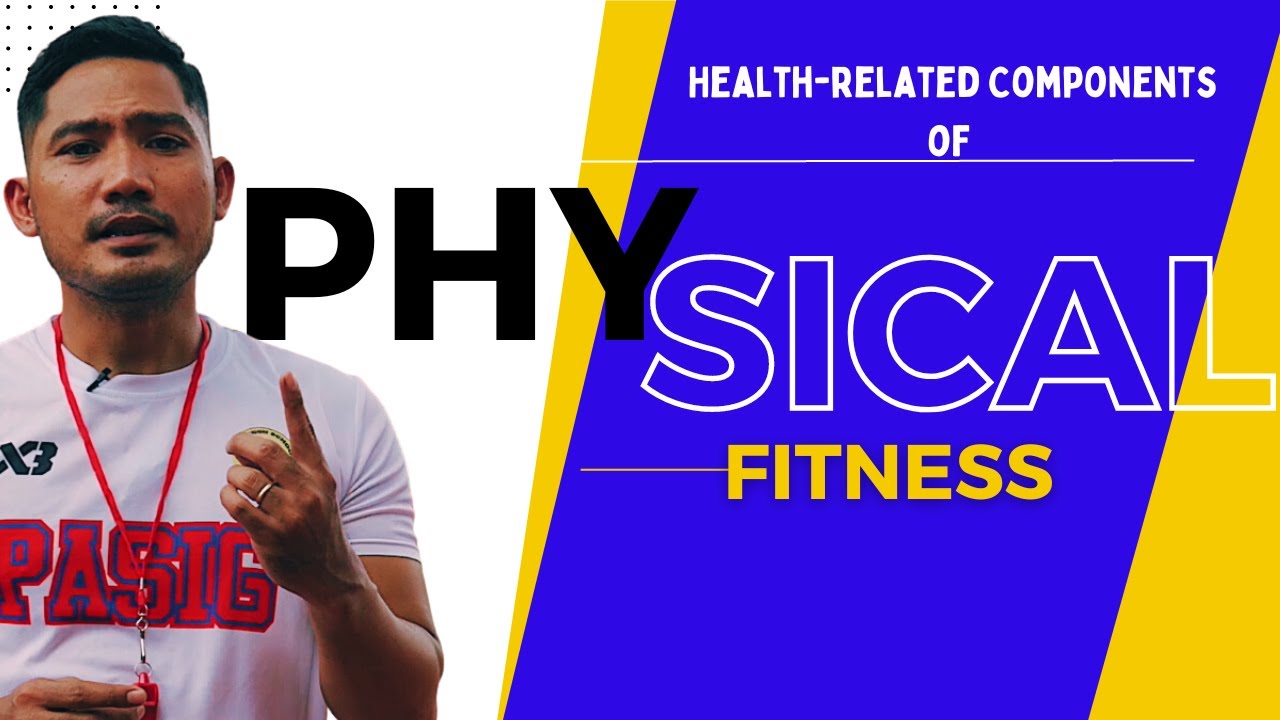Metode Pengetesan dalam Olahraga
Summary
TLDRThis video provides an in-depth overview of physical fitness testing methods, focusing on four key components: cardiovascular endurance, muscular endurance, strength, and flexibility. It introduces various tests used for measuring these aspects, such as the Big Test, Cooper Test, and 1RM test, comparing field and laboratory measurement techniques. The script emphasizes the importance of each test in evaluating fitness levels and designing effective training programs, with practical examples and explanations for each method. The goal is to help viewers understand and apply these tests for better health and performance.
Takeaways
- 😀 Introduction to the video by Azriel Nabila, a member of the ITERA sports teaching team.
- 😀 The script explains four key components of physical fitness: cardiovascular endurance, muscular endurance, strength, and flexibility.
- 😀 Cardiovascular endurance refers to the efficiency of the heart, lungs, and circulatory system during prolonged activity.
- 😀 Muscular endurance involves the ability to sustain muscle contractions over time with a specific load.
- 😀 Strength is the maximum force that muscles can exert during a contraction.
- 😀 Flexibility refers to the range of motion of the joints and the body.
- 😀 Two methods of measuring cardiovascular endurance are introduced: indirect (field tests) and direct (laboratory tests).
- 😀 The advantages of field tests include being cheaper and suitable for large groups, while laboratory tests provide greater accuracy but are more expensive.
- 😀 Examples of indirect tests include the Bleep test, Balke test, and Cooper test, all used to assess cardiovascular endurance.
- 😀 Strength testing tools include back and leg dynamometers, grip dynamometers, and expanding dynamometers, which measure various aspects of muscular strength.
- 😀 The One-Repetition Maximum (1RM) test is highlighted as a standard for assessing strength capacity, with training adjustments made based on 1RM percentages.
- 😀 Flexibility is tested using the Seat and Reach test, which measures the distance one can reach beyond their toes to evaluate flexibility in the back and legs.
Q & A
What are the four physical fitness components discussed in the video?
-The four physical fitness components discussed are cardiovascular endurance, muscular endurance, strength, and flexibility.
What is the difference between direct and indirect methods of measuring cardiovascular endurance?
-Direct methods involve laboratory-based testing, such as Cardiopulmonary Exercise Testing (CPET), which provides more accurate measurements. Indirect methods are field tests like the Big Test or Cooper Test, which are more cost-effective but less precise.
What is the Big Test, and how is it conducted?
-The Big Test is an indirect method to measure cardiovascular endurance. Participants run back and forth over a 20-meter distance, with increasing speed at each level, until they cannot reach the end before the beep. The last level achieved is used to estimate VO₂ max.
What is VO₂ max, and why is it important in fitness testing?
-VO₂ max is the maximum amount of oxygen the body can use during intense physical activity. It is an important measure of cardiovascular fitness and endurance, indicating how well the heart and lungs can supply oxygen to the muscles during exercise.
How is muscular endurance measured in the video?
-Muscular endurance is measured by assessing how long a muscle or group of muscles can sustain repeated contractions, with tests like push-ups, sit-ups, and squats.
What tools are used to measure strength according to the video?
-Strength can be measured using tools like the Back and Leg Dynamometer (for lower body strength), Grip Dynamometer (for hand strength), and Expanding Dynamometer (for shoulder strength). Additionally, the One Repetition Maximum (1RM) test is used to assess maximum strength.
What is the One Repetition Maximum (1RM) test, and how is it performed?
-The 1RM test measures the maximum amount of weight a person can lift for one repetition with correct form. The test is performed by progressively increasing the weight until the participant cannot lift the weight anymore.
How do you calculate the estimated 1RM from submaximal lifts?
-To estimate 1RM from submaximal lifts, you multiply the weight lifted by a percentage (usually 70-80%) based on the number of repetitions completed. For example, if a person lifts 60 kg for 12 reps, their estimated 1RM would be between 75 kg and 86 kg.
What is the Sit and Reach Test used for?
-The Sit and Reach Test is used to measure flexibility, specifically the range of motion of the lower back and hamstrings, by having the participant reach forward while seated and measuring the distance they can reach.
Why is physical fitness testing important for individuals?
-Physical fitness testing helps assess an individual's overall health and fitness level, identifying strengths and areas for improvement. It also helps tailor exercise programs to meet specific fitness goals and track progress over time.
Outlines

此内容仅限付费用户访问。 请升级后访问。
立即升级Mindmap

此内容仅限付费用户访问。 请升级后访问。
立即升级Keywords

此内容仅限付费用户访问。 请升级后访问。
立即升级Highlights

此内容仅限付费用户访问。 请升级后访问。
立即升级Transcripts

此内容仅限付费用户访问。 请升级后访问。
立即升级浏览更多相关视频
5.0 / 5 (0 votes)






